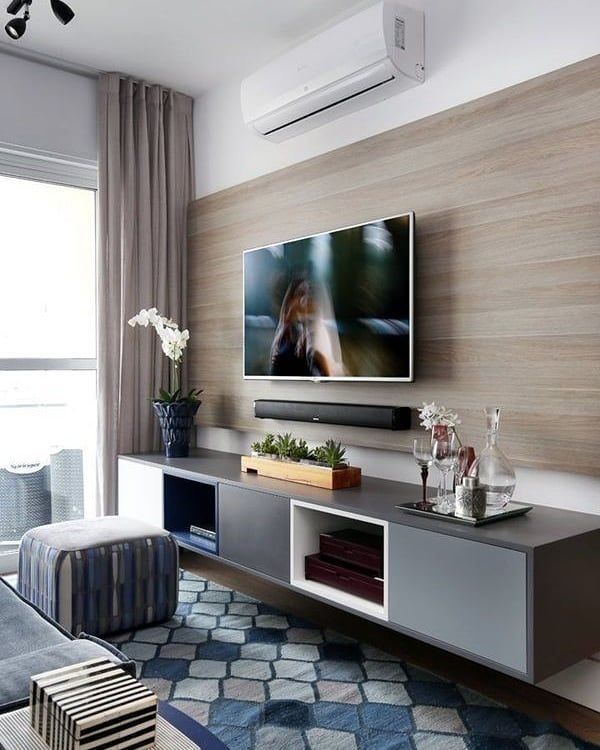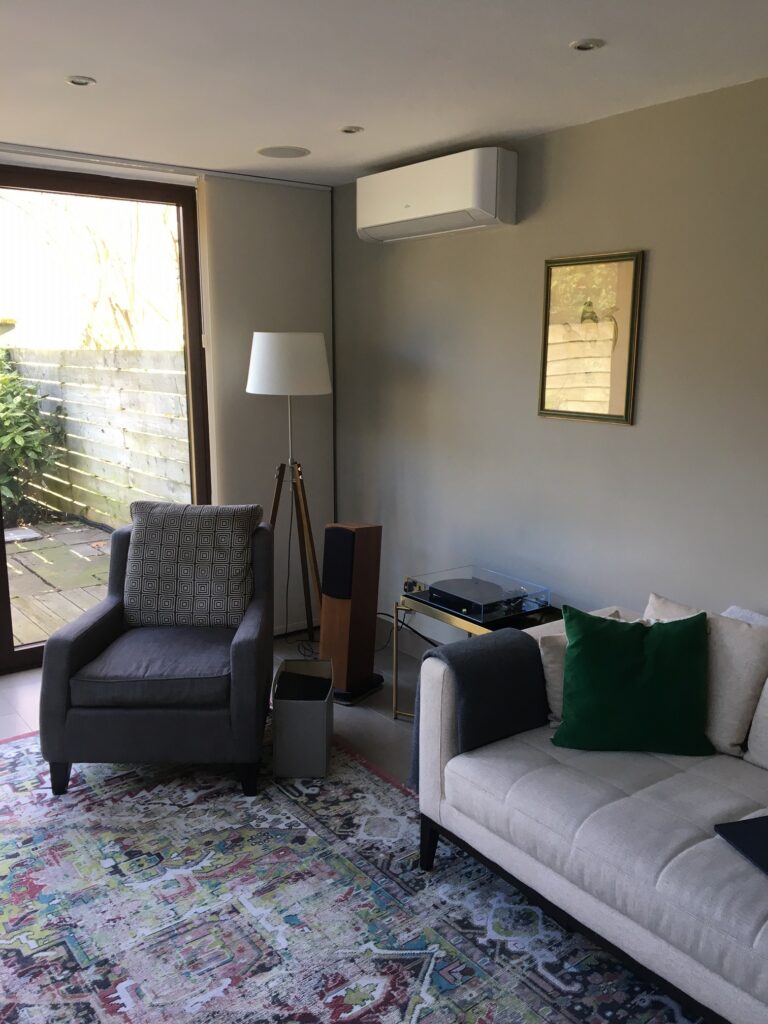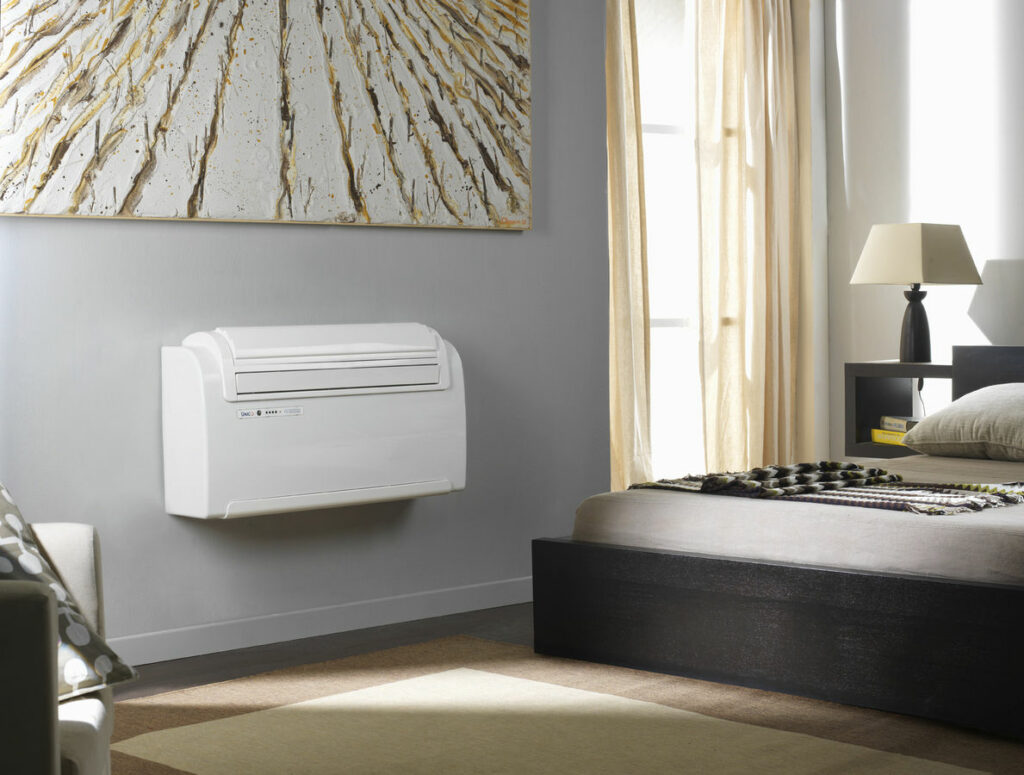Air conditioning has become an indispensable part of modern life, providing respite from scorching summers and creating a comfortable indoor environment. From homes to workplaces, shopping malls to cars, air conditioning has transformed our lives and greatly improved our overall well-being. This article delves into the evolution and impact of air conditioning, highlighting its benefits, challenges, and future prospects.
Table of Contents
The Evolution of Air Conditioning

The concept of cooling the air dates back to ancient civilizations, where various methods were employed to mitigate the oppressive heat. However, the modern air conditioning systems that we are familiar with today have evolved over the last century.
Willis Carrier is credited with inventing the first electrical air conditioning unit in 1902. Initially, air conditioning was primarily used for industrial purposes, such as controlling humidity in printing plants, textile mills, and food processing facilities. Over time, it gained popularity in commercial buildings, movie theaters, and eventually found its way into residential homes.
Benefits of Air Conditioning

Enhanced Comfort: The primary benefit of air conditioning is the ability to create a cool and comfortable indoor environment, allowing individuals to escape extreme heat and humidity. This promotes relaxation, better sleep, and increased productivity.
Improved Health and Safety: Air conditioning helps regulate indoor air quality by filtering out pollutants, allergens, and airborne particles. It also reduces the risk of heat-related illnesses and provides a safe haven during heatwaves, particularly for vulnerable populations like the elderly, infants, and those with pre-existing health conditions.
Increased Efficiency: Air conditioning contributes to better work and study environments by maintaining optimal temperatures. It helps prevent fatigue, improves concentration, and boosts overall efficiency in various settings, including offices, schools, and hospitals.
Preservation of Materials: Air conditioning plays a crucial role in preserving and protecting sensitive materials, such as artwork, documents, electronic equipment, and perishable goods. Controlling temperature and humidity levels helps prevent damage caused by excessive heat, moisture, or fluctuations.
Challenges and Environmental Concerns
While air conditioning offers numerous benefits, there are also some challenges and environmental concerns associated with its usage.
Energy Consumption: Air conditioning systems consume substantial amounts of energy, which contributes to greenhouse gas emissions and exacerbates climate change. Increasing energy efficiency and promoting the use of sustainable cooling technologies are essential for mitigating the environmental impact.
Refrigerants and Ozone Depletion: Traditional air conditioning systems use refrigerants, such as hydrochlorofluorocarbons (HCFCs) and chlorofluorocarbons (CFCs), which have harmful effects on the ozone layer. The phase-out of these substances and the adoption of ozone-friendly alternatives, such as hydrofluorocarbons (HFCs) and natural refrigerants, is crucial for environmental protection.
Urban Heat Island Effect: The extensive use of air conditioning in urban areas contributes to the urban heat island effect, wherein cities experience higher temperatures compared to surrounding rural areas. This effect is caused by the release of waste heat from air conditioning units, resulting in increased energy consumption and compromised outdoor air quality.
Future Prospects and Innovations

Efforts are underway to address the challenges associated with air conditioning and promote sustainable cooling solutions. Some noteworthy developments include:
Energy-Efficient Systems: Advanced technologies, such as variable refrigerant flow (VRF) systems, smart thermostats, and energy recovery ventilation, aim to reduce energy consumption while maintaining optimal comfort levels.
Passive Cooling Techniques: Passive cooling techniques, such as natural ventilation, shading, and thermal insulation, are gaining popularity as eco-friendly alternatives. These methods utilize the principles of design and architecture to minimize reliance on mechanical cooling systems.
Renewable Energy Integration: Integrating air conditioning systems with renewable energy sources, such as solar power, can help reduce carbon emissions and promote cleaner and more sustainable cooling solutions.
Conclusion
Air conditioning has undoubtedly transformed our lives, providing comfort, improving health and safety, and enhancing productivity. However, it also poses challenges related to energy consumption and environmental impact. To ensure a sustainable future, it is crucial to adopt energy-efficient systems, phase out harmful refrigerants, and explore innovative cooling solutions. By embracing responsible practices and technologies, we can strike a balance between comfort and environmental preservation, enabling us to enjoy the benefits of air conditioning while minimizing its negative consequences.